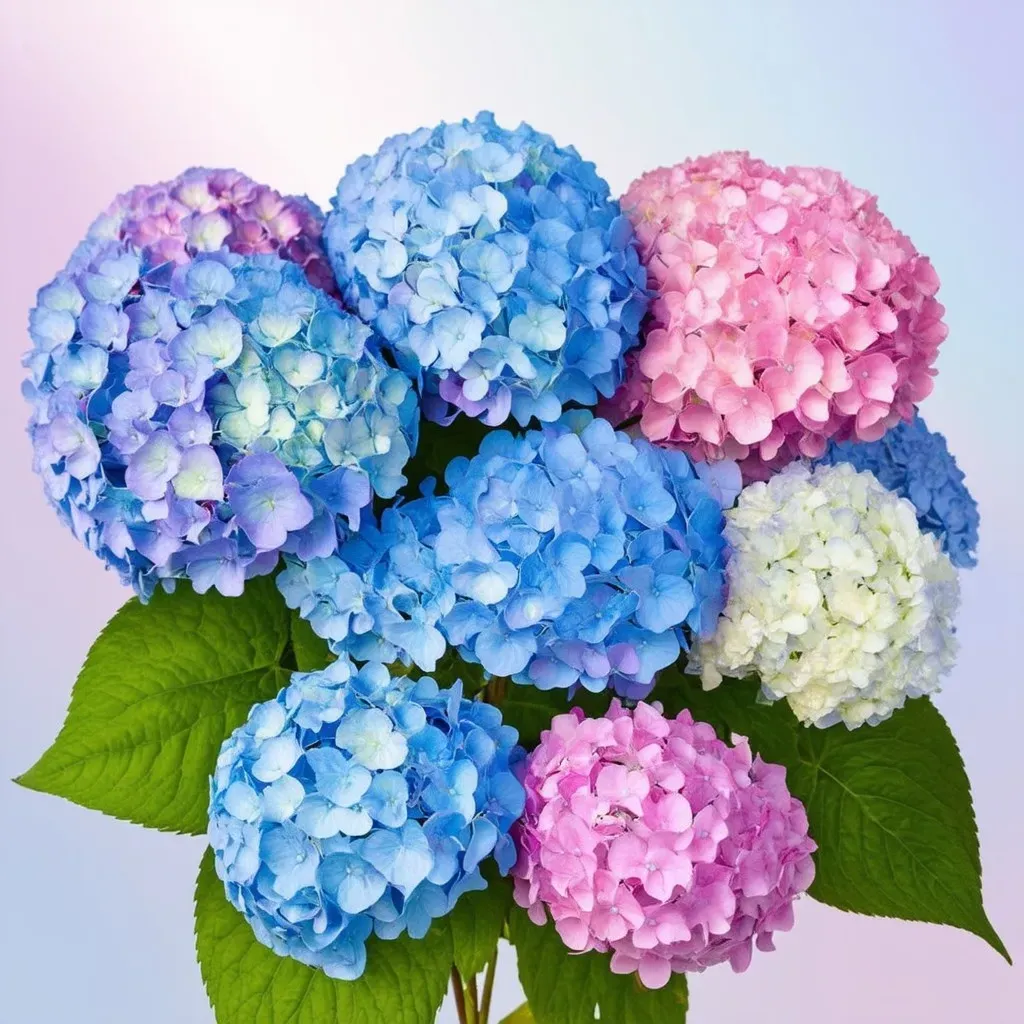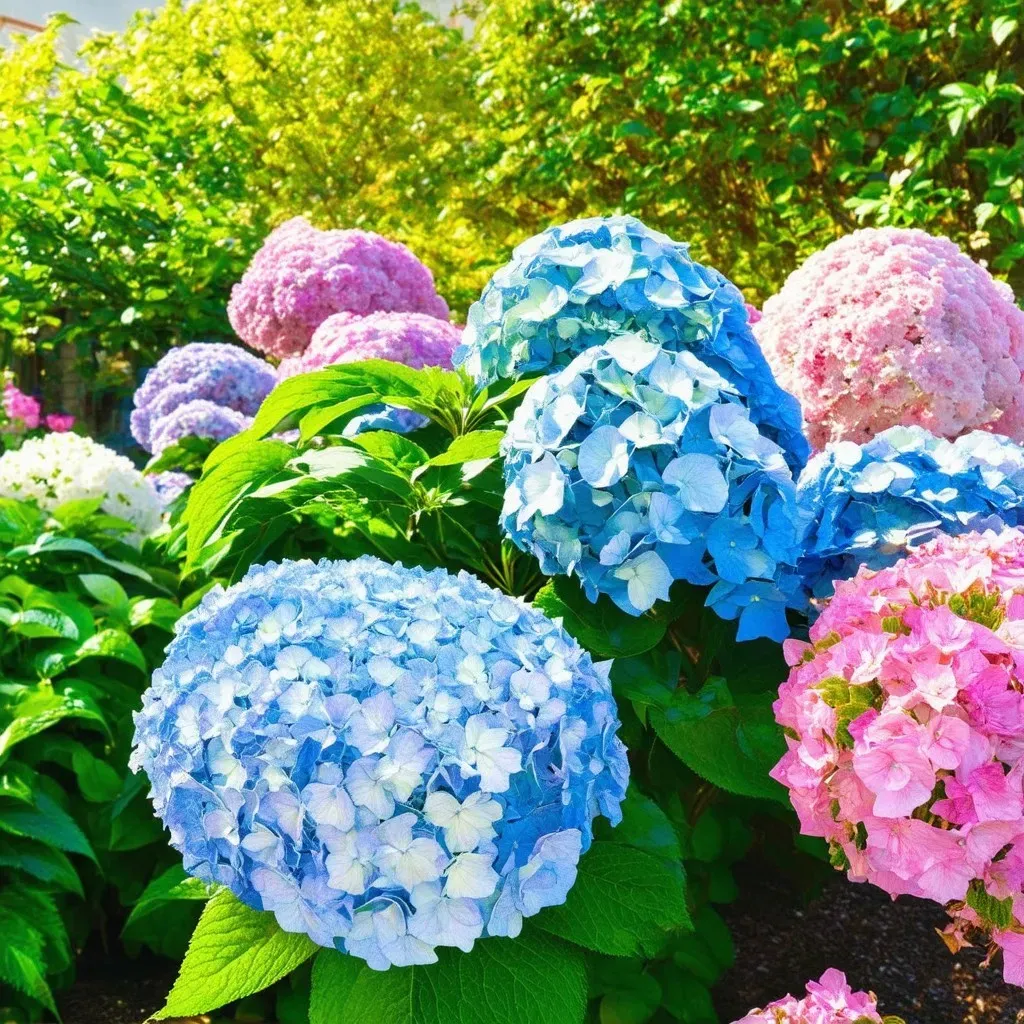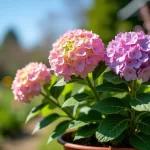Hydrangeas are enchanting flowering shrubs known for their lush blooms and versatility in gardens. Generally, hydrangea blooming season falls from late spring to early fall, depending on the variety and specific growing conditions. Understanding when hydrangeas are in season can help you plan your garden and enjoy their beauty to the fullest.
Understanding Hydrangea Blooming Seasons
Hydrangeas thrive in many climates and can vary significantly in bloom times based on their type. Here’s a breakdown of some of the most popular hydrangea varieties and their typical blooming periods:
| Hydrangea Variety | Bloom Time | Notes |
|---|---|---|
| hydrangea macrophylla | Mid-summer to early fall | Includes mophead and lacecap varieties; blooms can vary based on pruning methods. |
| Hydrangea paniculata | Late spring to fall | Examples include ‘Limelight’ and ‘Pinky Winky’; blooms last into the winter. |
| Hydrangea arborescens | Early to late summer | Known as smooth hydrangeas; a popular variety is ‘Annabelle’. |
| Hydrangea quercifolia | Early summer to fall | Also known as oakleaf hydrangeas; features unique leaf shapes and multi-colored blooms. |
| Climbing Hydrangeas | Late spring to mid-summer | Excellent for trellises; known for their delicate flowers and cascading growth. |
Note: This table is a general guide and can vary widely based on climate and care.

Factors Affecting Hydrangea Bloom Times
Several factors can influence when hydrangeas bloom:
-
Type of Hydrangea: As indicated, different species bloom at different times. Knowing your hydrangea type is crucial to anticipate bloom periods.
-
Climate and Location: Warmer climates may lead to earlier blooms, while cooler areas might delay the growth and flowering cycles.
-
Pruning Practices: Pruning hydrangeas can either enhance or diminish their blooming potential. For instance, some varieties bloom on old wood, while Others bloom on new wood. Improper pruning can result in fewer blooms.
-
Soil Quality: Hydrangeas thrive in well-draining, nutrient-rich soil. The soil’s pH can also affect bloom color, particularly in macrophylla varieties.
-
Sunlight Exposure: Hydrangeas prefer morning sun and afternoon shade. An optimal balance can promote better blooms.
Hydrangea Bloom Time Chart
To provide a clearer visualization, here is a detailed bloom time chart by hydrangea type:
| Hydrangea Type | Bloom Time | Peak Bloom Month | Features |
|---|---|---|---|
| Hydrangea macrophylla | June to September | July | Big, round blooms in blue or pink depending on soil pH. |
| Hydrangea paniculata | June to September | August | Cone-shaped blooms; very hardy and long-blooming. |
| Hydrangea arborescens | July to September | August | Large white flowers; great for garden borders. |
| Hydrangea quercifolia | June to August | July | Fluffy white blooms which turn pinkish with maturity. |
| Climbing Hydrangeas | May to July | June | Clinging vines with delicate white flowers. |

Frequently Asked Questions (FAQ)
Q1: What do I need to know about pruning hydrangeas?
Pruning hydrangeas depends on the variety. Most hydrangeas need to be pruned after blooming to avoid cutting off next year’s buds. For spring-blooming varieties, prune in early summer after flowers fade. New wood bloomers should be pruned in the late winter or early spring before new growth starts.
Q2: How can I extend the flowering period of my hydrangeas?
To extend the bloom period, consider planting varieties that are known for reblooming, such as the ‘Endless Summer’ series. Additionally, regular deadheading (removing spent blooms) can encourage further blossoming.
Q3: How do I know when my hydrangeas are ready to bloom?
You can tell hydrangeas are on the verge of blooming when you see bright green leaves developing buds at their tips. The fading blooms of the previous year can also give signals as they get ready to fall.
Q4: Can hydrangeas change color based on soil conditions?
Yes! The color of hydrangea macrophylla flowers can change based on the pH of the soil. Acidic soils typically produce blue blooms, while alkaline soils yield pink blooms. Adjusting the soil pH can alter flower coloration.
Q5: What is the best fertilizer for hydrangeas?
A balanced fertilizer like a 6-6-6 or 8-8-8 can work well for hydrangeas. For blue varieties, use a fertilizer high in acid content. Applying fertilizer in early spring and late summer helps promote healthy blooms.
Q6: Where can I find more in-depth information about hydrangeas?
For more detailed information, including care techniques and specific variety recommendations, you can visit The Spruce.

Additional Tips for Growing Hydrangeas
-
Watering: Ensure consistent moisture, especially during the growing season. Deep watering once a week is generally effective.
-
Mulching: Apply a layer of mulch to retain moisture and suppress weeds, which can compete with the hydrangeas for nutrients.
-
Fertilization: Regular feeding during the growing season keeps them healthy and vibrant. Over-fertilization can lead to excessive leaf growth at the expense of blooms.
By knowing when hydrangeas are in season and understanding the factors that affect their blooming, you can cultivate a stunning garden that showcases these beautiful flowers at their best. Whether you’re a seasoned gardener or a beginner, the magic of hydrangeas can add charm to any landscape!


